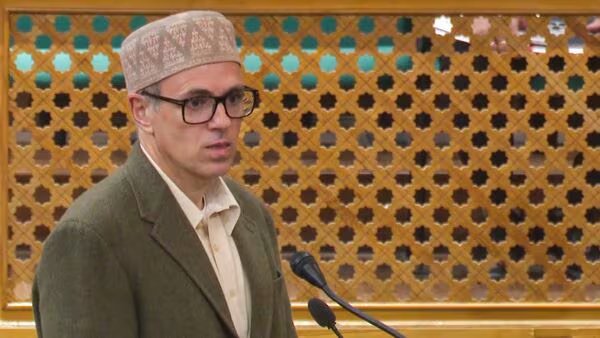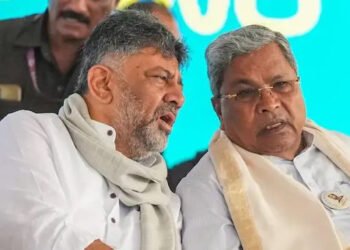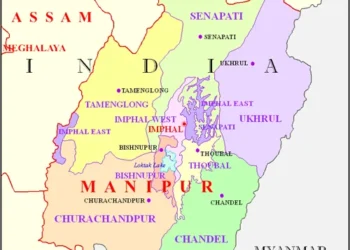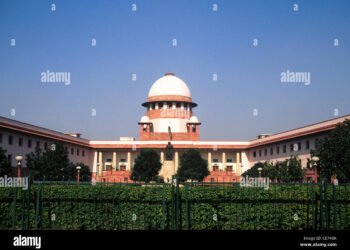Chief Minister Omar Abdullah dismissed the resolution to restore Article 370 as a mere publicity stunt, stating that it lacked any legal significance. He acknowledged the people’s dissatisfaction with the abrogation of Article 370 but emphasized that such a resolution wouldn’t change the ground reality.
PC Bureau
New Delhi
The Jammu and Kashmir Assembly witnessed a dramatic scene on Monday as PDP MLA Waheed Para introduced a resolution demanding the restoration of Article 370, the constitutional provision that granted special autonomy to the region. This move, though unsurprising given the PDP’s stance on the issue, ignited a heated debate and protests from the BJP.
Para’s resolution, submitted during the Assembly’s first session in six years, was met with strong opposition from the BJP MLAs. They argued that the move was in violation of Assembly rules and demanded Para’s suspension. The ensuing uproar disrupted the proceedings, with the BJP members staging a protest.
During the election campaigns, Para and nearly all PDP MLAs, along with most legislators from the Kashmir Valley, aggressively opposed the abrogation of Article 370. In light of this stance, his resolution was unsurprising. However, with no legal standing, the move appeared more like an attempt to capture attention.
Chief Minister Omar Abdullah dismissed the resolution as a mere publicity stunt, stating that it lacked any legal significance. He acknowledged the people’s dissatisfaction with the abrogation of Article 370 but emphasized that such a resolution wouldn’t change the ground reality.
Lieutenant Governor Manoj Sinha, while acknowledging the public sentiment, reiterated the government’s commitment to restoring full statehood to Jammu and Kashmir. However, he didn’t address the specific demand for restoring Article 370.
The PDP, led by Mehbooba Mufti, expressed support for Para’s initiative, highlighting the party’s unwavering stance on the issue.
The abrogation of Article 370 on August 5, 2019, stripped Jammu and Kashmir of its special status and reorganized it into two Union Territories. The move, while controversial, was aimed at integrating the region more fully into the Indian Union.













